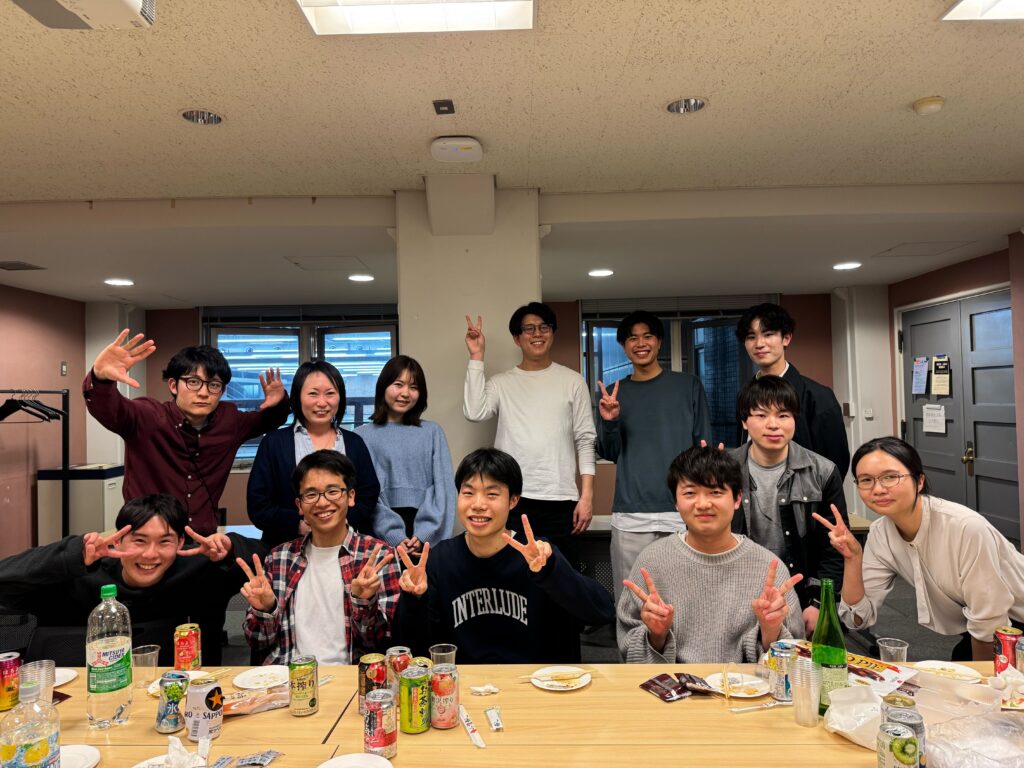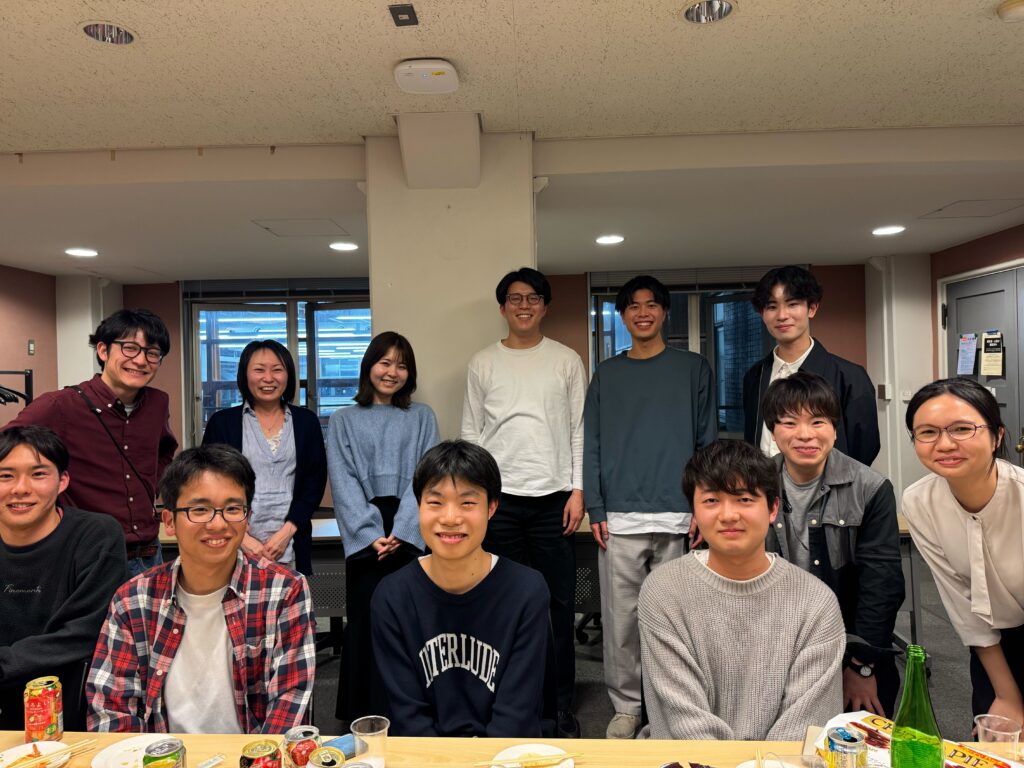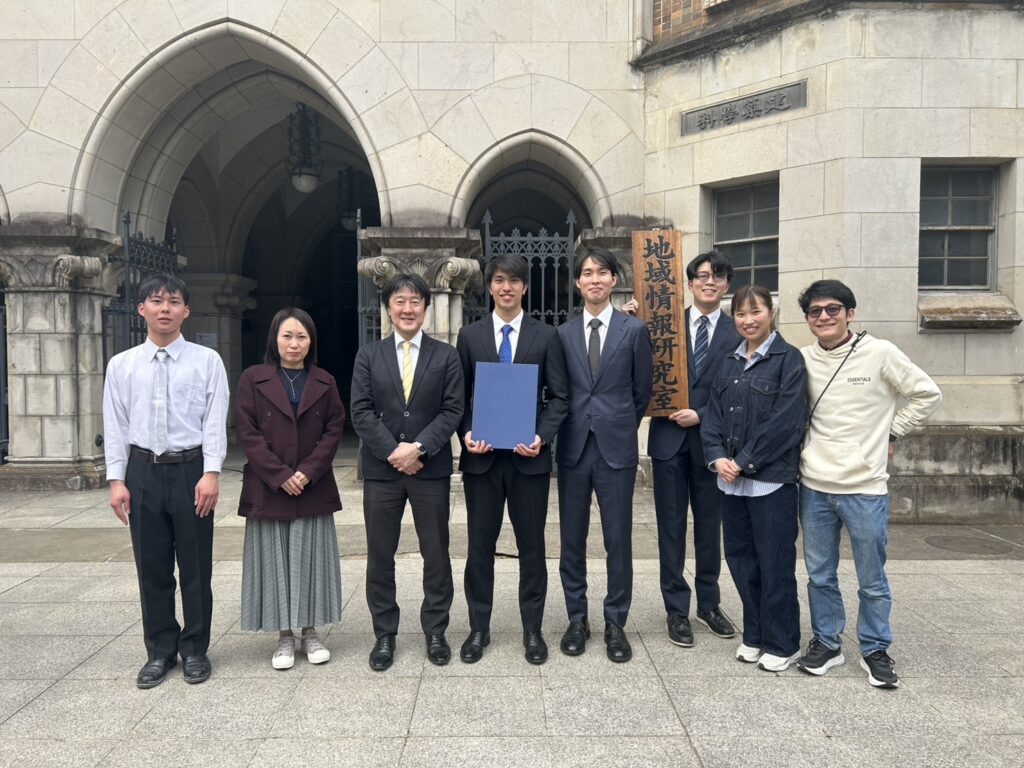5/8(水)に、Sセメスターの第2回学生ゼミが開催されました。
今回のゼミから、ストラング『線形代数イントロダクション』の輪読が始まりました。輪読の初回である今回のゼミでは、修士1年の臼杵さんから「4.1 4つの部分空間の直交性」と「4.2 射影」について発表していただきました。
発表の後、全員で教科書に載っている挑戦問題に取り組みました。
次回は、5/15(水)の予定です。
Today, the second student seminar of the S seminar wad held on Wednesday, May 8th.
From today’s seminar onward, we’ve kicked off a reading group on Strang’s Introduction to Linear Algebra. In this student seminar, M1 student Usuki-san gave a presentation on section4.1 “Orthogonality of the Four Subspaces” and section4.2 “Projections”.
After the presentation, everyone worked on the challenge problems from the textbook.
The next student seminar will be held on Wednesday, May 15th.
投稿者(poster) | 井野(Ino)


